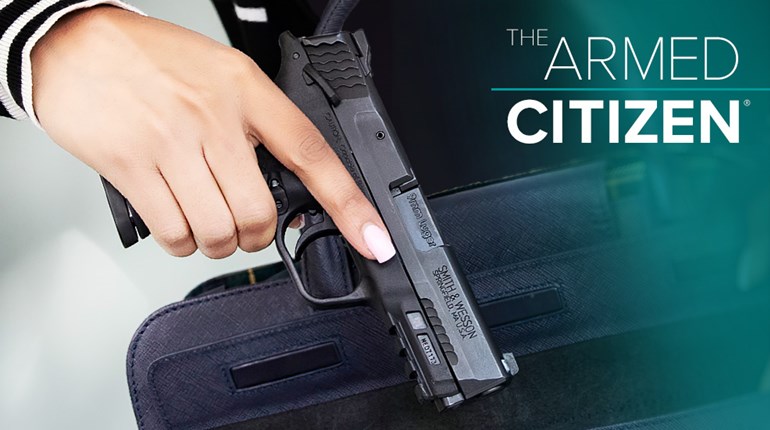
Let me be real clear about this; I think today's American ammunition companies are building the best defensive ammunition we’ve ever seen. Nothing of what follows should be construed to mean that I am being critical of their efforts.
Having said that, I will tell you that, in the years that I’ve been testing guns and writing articles, I have occasionally found factory ammunition that should not have gotten by the quality-control stage. On a number of occasions, I have found cartridges that had the primer seated upside down. I have found damaged bullets in loaded cases. And I have found loads where the bullet was seated improperly so that the lip of the cartridge case was scrunched down. Thankfully, I have never found a cartridge that lacked powder.
In ammunition built by reputable companies, these mistakes happen so infrequently as to be almost rare. However, when one of those cartridges winds up in a defensive handgun that you have to use to protect your life, rare is too often.
If you are carrying a handgun for personal defense, you should shoot your carry ammo on a regular basis and recharge it with fresh ammunition. I can’t quote a set rule for how often you do this, but I like to shoot and recharge about every three months. Following that, my handgun gets a thorough cleaning before the fresh ammo is loaded.
This is the perfect time to check that new ammunition before you load it in your handgun and begin carrying it. I will lay out the proper number of rounds and begin by giving each one a visual inspection. Then, if I’m dealing with a revolver, I will check every round to make sure it fits in the cylinder chambers. If the case is bulged, or the bullet improperly seated, this fact will become quickly apparent and the round can be discarded. If I’m dealing with a semi-automatic pistol, I will field strip the gun and, holding the barrel only, check to make sure that each round fits properly in the chamber of the barrel.
Bad ammunition, in this day and time, occurs so seldom that many shooters have never experienced a problem. But, again, it only takes that one round to create a life-threatening problem for the defensive shooter. My suggestion of checking your ammo fit takes only a few minutes, but it can be very important. For the same reasons, it's also critical for shooters to know what kinds of malfunctions can occur and be prepared to clear them quickly in an emergency.



































